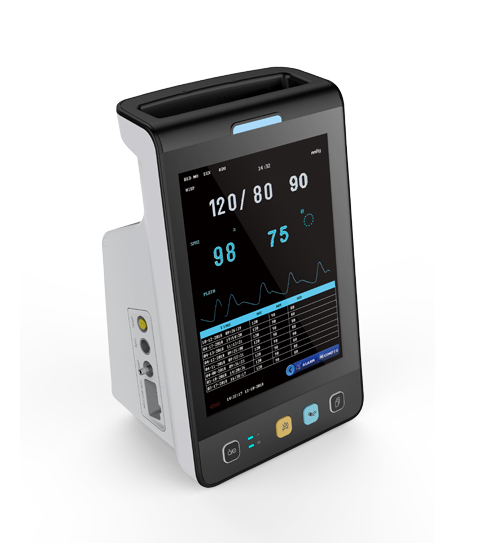- 06
- Dec
Introduce in detail the battery charging optimization algorithm for trickle battery charging, fast charging and stable battery charging
Battery charging algorithm realizes trickle charging, fast charging and stable charging
According to the energy requirements of the final application, the battery pack may contain up to 4 pieces or lithium, which can be modified by mainstream power adapters: direct adapters, USB ports or car chargers. Regardless of the number of batteries, the type of battery equipment or power adapter, these battery packs have the same charging characteristics. So the charging algorithm is the same. The optimal charging algorithm for lithium batteries and lithium polymer batteries can be divided into three stages: slow charging, fast charging and stable charging.

* Low current charging. Used for deep discharge battery charging. When the battery voltage drops by about 2.8V, it is charged with a stable current of 0.1C.
*fast charging. When the battery voltage exceeds the trickle charge threshold, the charging current is increased to achieve rapid charging. The fast charging current should be less than 1.0C.
*Safety voltage. During the fast charging process, when the battery voltage reaches 4.2V, it begins to enter the voltage stabilization phase. In this case, charging can be stopped by a minimum charging current or a timer or a combination of both. Charging can be stopped when the minimum current is less than 0.07C. The timer is triggered by a preset timer.
High-end battery chargers usually have additional safety features. For example, if the battery temperature exceeds a given window, usually 0°C to 45°C, charging will be suspended.
With the elimination of some very low-end devices, the current charging methods of lithium-ion/lithium polymer batteries on the market are based on the integration of charging characteristics or external components for charging, not only for better charging performance, but also for safety.
*Li-ion/polymer battery charging example-dual input 1.2a lithium battery charger LTC4097
LTC4097 can be used as a communication adapter or USB power source to charge a single lithium ion/polymer battery. Figure 1 is a schematic diagram of the LTC4097 dual-input 1.2a lithium battery charger, which uses a steady current and voltage stabilization algorithm for charging. When charging from the communication adapter power supply, the programmable charging current is up to 1.2A, while the USB power supply is up to 1A, and actively detects the presence of each input voltage. The device also provides USB current limit. Applications include pdas, MP3 players, digital cameras, portable medical and test equipment, and mobile phones with large color screens. Performance characteristics: There is no external microcontroller to stop charging, active detection and input power selection; programmable charging current input communication adapter through resistance 1.2; programmable USB charging current through resistance 1; 100% or 20% USB charging current setting, The input power supply has output and NTC bias (VNTC) pin 120mA driving capability, NTC thermistor input (NTC) pin is charged at a specified temperature, battery float voltage accuracy is ±0.6%, LTC4097 can be used as a communication adapter or USB power supply for a single lithium Charge ion/polymer battery. Charging adopts a safe current/safe voltage algorithm. When charging through the communication adapter power supply, the programmable charging current is up to 1.2A, and the USB power supply is up to 1A. And whether there is active detection of the voltage of each input terminal. The device also provides USB current limit. Applications include pdas, MP3 players, digital cameras, portable medical and test equipment, and mobile phones with large color screens.
